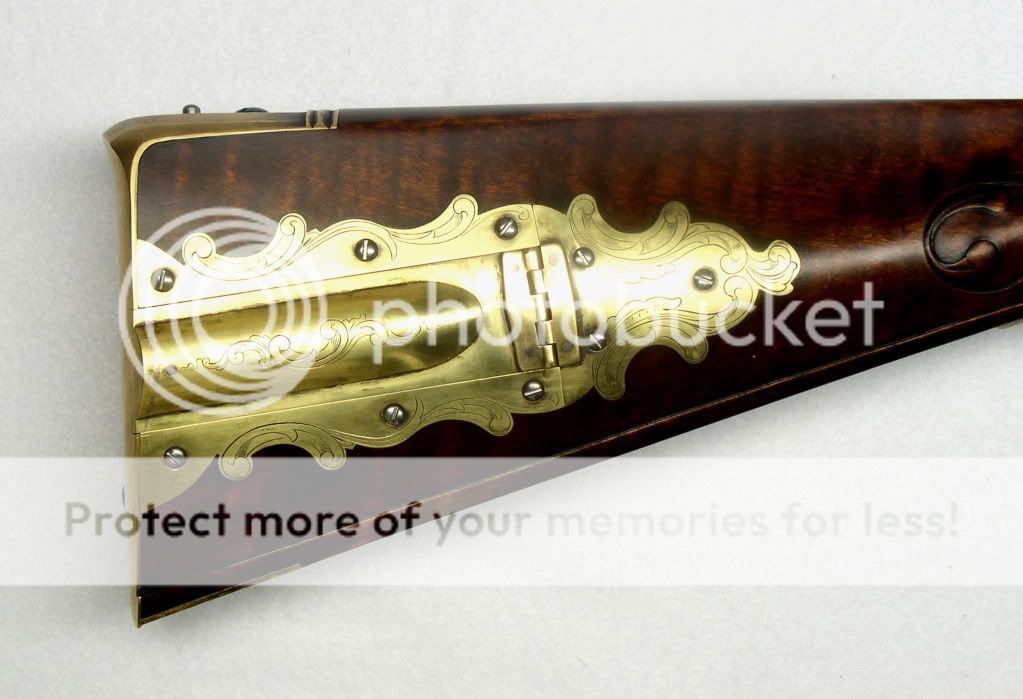Col. Batguano
75 Cal.
- Joined
- Feb 10, 2011
- Messages
- 5,038
- Reaction score
- 1,416
[/quote]
I think it's a final test of our patience in building.....metalwork, fit/function/inletting.....
marc n tomtom[/quote]
Amen. Without a complicated release they take me about 20 hours' work to carve out and install (mostly because I'm slow). And getting them to fit and function after the varnish goes on can be an additional challenge.
I think it's a final test of our patience in building.....metalwork, fit/function/inletting.....
marc n tomtom[/quote]
Amen. Without a complicated release they take me about 20 hours' work to carve out and install (mostly because I'm slow). And getting them to fit and function after the varnish goes on can be an additional challenge.





